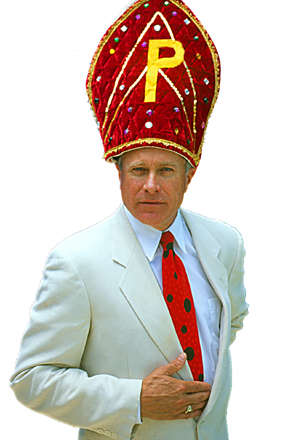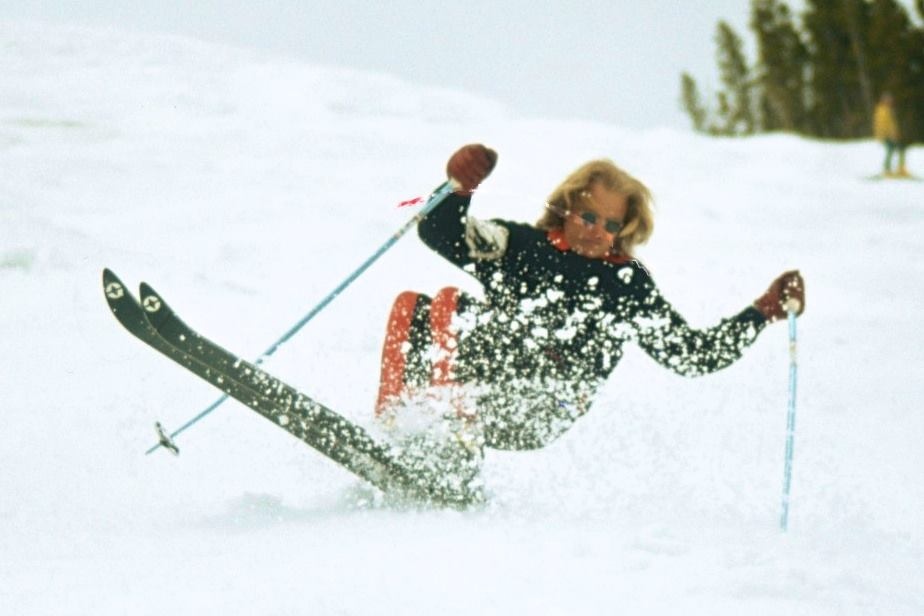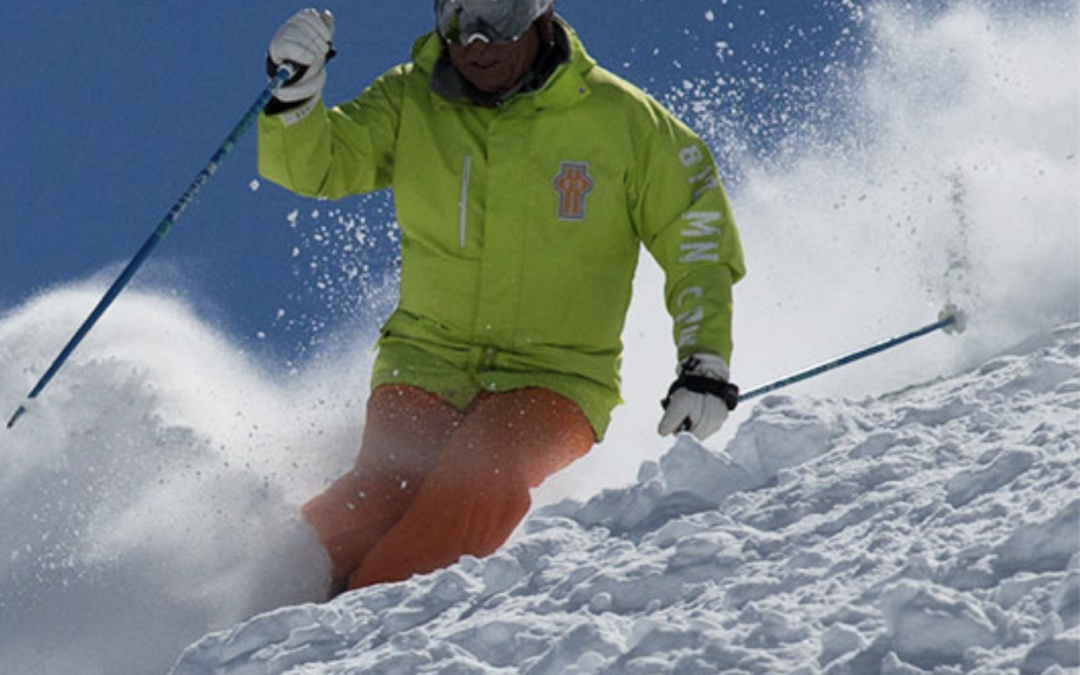
Of course two-time World Freestyle Champion John Clendenin treats ragged rubble like it was fluff; his greater gift is that he can teach you how to do it, too.
This question is one of the last objections a ski buyer tosses into the flow of the sale just as the salesperson has guided it to the brink of consummation. To keep the impending close on course, the suave salesperson will hedge the issue with some bland reassurance without raising the obvious retort, that no ski can overcome all the many and curious ills that plague the untalented mogul skier.
A great skier can manage bumps no matter what ski he or she is on. That doesn’t mean experts don’t have favorite skis for this spine-rattling condition, but they don’t need to change skis just because they encounter a bump field. They’ll manage, and chances are anyone watching them won’t be able to tell if the ski is helping, hurting or just along for the ride.
To get the subject out of the way, there are such things as mogul skis, but they’re made for competitors, not your everyday, all-terrain skier. Their tiny (61mm-66mm) waists and svelte sidecuts were common 25 years ago, but they’re as rare as bacon at a bar mitzvah today. Unless you’re planning to compete, there’s no reason for you to fish in this pond.
So, flippant rejoinders aside, are some models more manageable in moguls than others, and what are their identifying traits?
The answer is yes, but the specifics vary according to skill set. The more skilled the skier, the more he or she will appreciate a relatively narrow, fully cambered ski that can maintain snow contact both in troughs and on the backside of bumps. Frankly, skiers this skilled don’t need a lot of help. What works best for those that need the most?
The best genre for those who will take all the assistance they can get is All-Mountain East, where the fairly slender (85mm-94mm waist) shape fits into tight spots. Skis in this category with Big Mountain bloodlines will be rockered tip and tail, making them easier to pivot, a key component in any successful bump outing. An AME ski shouldn’t feel fat underfoot, so it can be switched from edging to drifting with the subtlest of foot movements.
There’s no way to make a big, fat ski quick edge to edge or suddenly slimmer when a particularly ugly, oblique trough looms, but you can make it easier to push around by how you tune the base and edges. Most Big Mountain models will be heavily rockered, making them easier to steer in moguls by pivoting than edging. The quality you’re looking for in the base tune is lateral lubricity, so keep the base edge bevel slight and don’t go past 2 degrees on the side. Use an open base grind like a thumbprint or chevron that lets the base glide sideways without resistance. (If this paragraph sounds like arcane mumbo-jumbo, show it to the technician at your favorite specialty shop and he’ll decipher it for you.)
But even the most carefully selected ski with a meticulous tune can only do so much. Bump skiing is a skill and the skill and the skis aren’t inextricably entwined. Happily, mogul skiing is a teachable, learnable skill that can be mastered at any age. Is there a secret to it? You bet. In fact, there are several.

Mogul skiing isn’t what it used to be. Here our esteemed Editor subdues Mach One in Breckenridge on his 200cm Olin Mark II’s. Note the coveted, careworn $5 rental poles.
But while I’m happy to lead you, Dear Reader, to the door of instruction, it’s not my intention to follow you in. Allow me to remind you of the exceptional methodology of John Clendenin, perhaps the most accessible of all U.S. Ski and Snowboard Hall of Fame honorees. Clendenin is not only one of the most beautiful skiers you’ll ever see, he knows how to transfer this skill to others. He is as gracious as he is gifted; as gregarious as he is kind.
Among the many cautionary lessons we’ve been required to relearn this year is that everything we take for granted, including health and life, can be taken from us at any time. It’s a reminder to do a few things for ourselves while we have the chance. Spending time at one of John Clendenin’s camps is one indulgence you’ll never regret.

